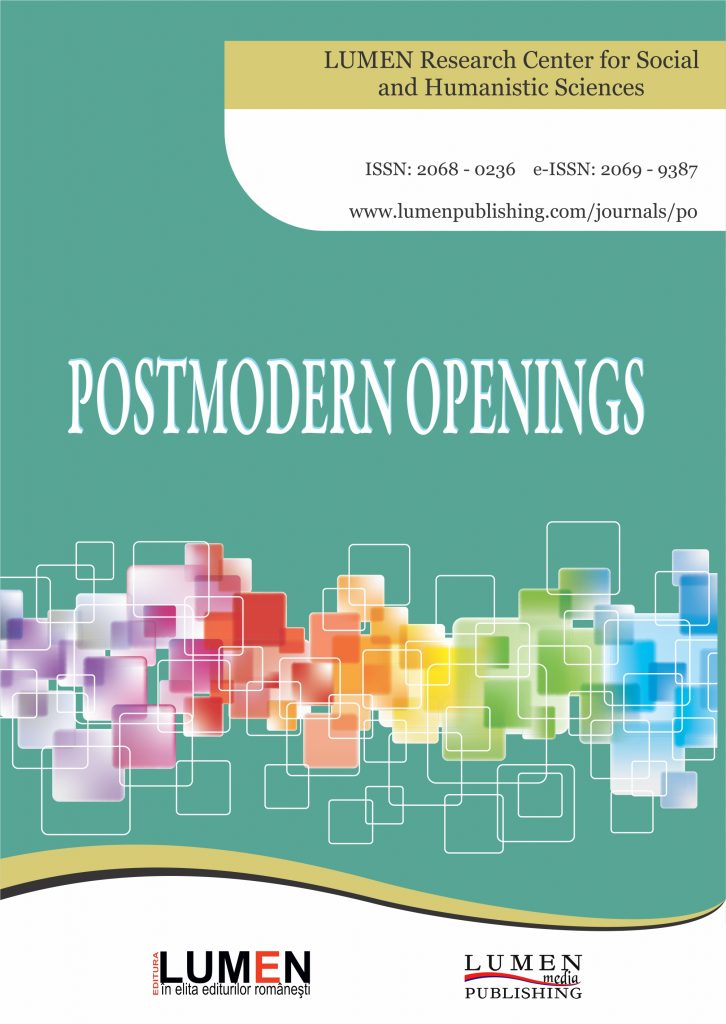Cognitive and Semiotic Model of Translation
Cognitive and Semiotic Model of Translation
Author(s): Ruslana Presner, Nataliia Tsolyk, Oleksandra Vanivska, Ivan Bakhov, Roksolana Povoroznyuk, Svitlana SukharievaSubject(s): Literary Texts, Applied Linguistics
Published by: Editura Lumen, Asociatia Lumen
Keywords: Translation strategy;translation;semiotic space;communicative act;cinematic discourse;semiotic system;adequacy of translation;
Summary/Abstract: The paper aims to give a comprehensive cognitive and semiotic analysis of translation strategies implied in the translation of the film “Darkest Hour”. Regarding a film as a communicative process mediated by certain semiotic features makes it possible to analyze the semiotic character of film discourse in translation. Thus, it was decided that translation is not just a speech-oriented process but a communicative act taking place within a definite semiotic space in a cross-cultural perspective. The semiotic model of cinematic discourse has a complicated structure and is analyzed based on semantic, syntactic, and pragmatic criteria. The choice of the semiotic system primarily depends on the communicative situation and its recipients. As the semiotic system of the film “Darkest Hour” is both socioculturally and situationally conditioned, the translator reconstructed the sense of the source language text by implying the translation transformations that assured the accuracy and adequacy of its translation into the target language text.
Journal: Postmodern Openings
- Issue Year: 12/2021
- Issue No: 3Sup1
- Page Range: 125-142
- Page Count: 18
- Language: English

